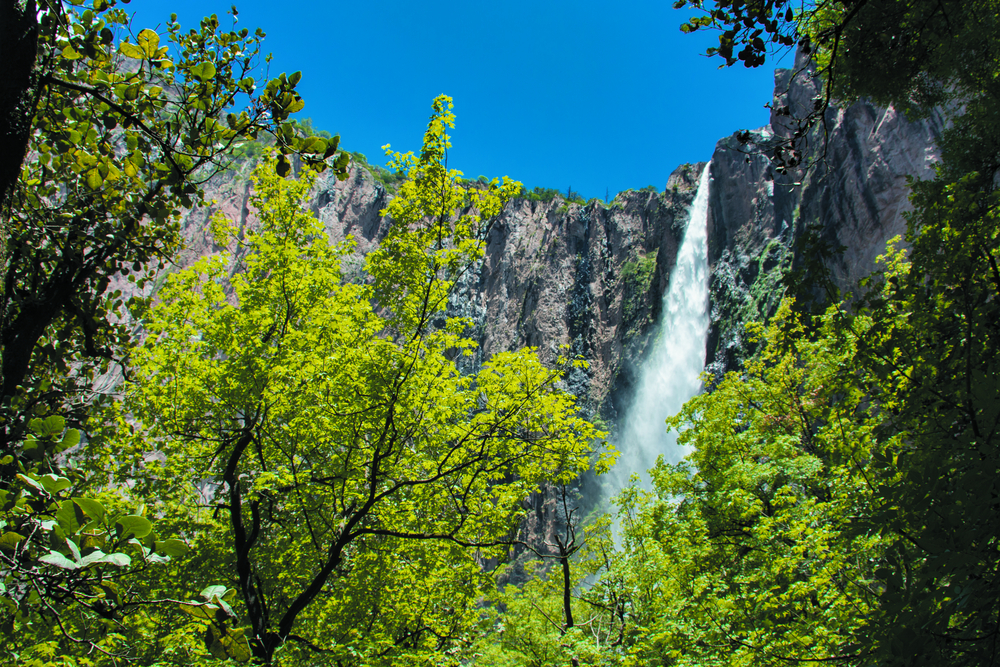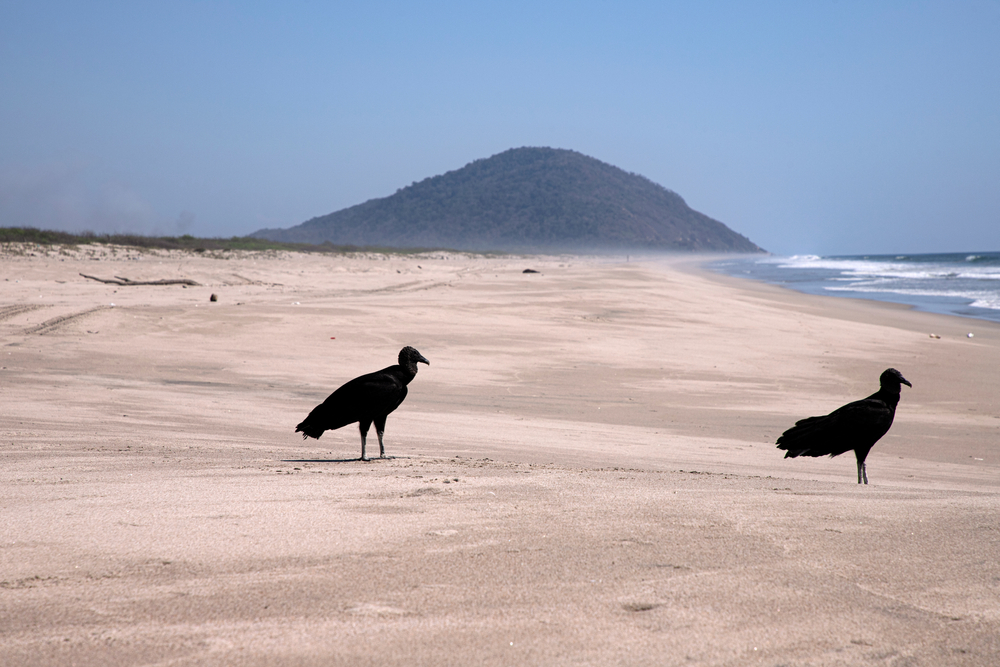Lagunas de Chacahua Overview
Lagunas de Chacahua National Park, known as Parque Nacional Lagunas de Chacahua in Spanish, is a coastal paradise located in the state of Oaxaca, Mexico. Covering approximately 54 square miles (141 square kilometers), this park is a breathtaking blend of lagoons, mangroves, beaches, and tropical forest.
It sits along the Pacific Ocean, providing a stunning mix of coastal and wetland ecosystems. The park is characterized by a network of five main lagoons, including the namesake Chacahua Lagoon, along with a series of smaller interconnected waterways. The diverse landscape also features sandy beaches, rocky outcroppings, and rolling hills that create a picturesque backdrop for visitors.
The vegetation is dominated by mangroves, particularly red, white, and black mangrove species, which provide essential habitat for various marine and bird species. Inland areas of the park showcase tropical dry forests with an array of flowering plants and cacti that thrive in the warm, humid climate.
Wildlife in Lagunas de Chacahua National Park is abundant and varied, offering visitors the chance to encounter a range of species unique to the region. The park is home to an impressive array of birdlife, making it a paradise for birdwatchers. Among the notable species are herons, pelicans, egrets, roseate spoonbills, and kingfishers. Migratory birds also pass through the area, adding to the diversity of avian life.
Mammals such as raccoons, armadillos, and deer roam the park, while reptiles such as iguanas and crocodiles inhabit the wetlands. One of the park’s most cherished inhabitants is the sea turtle, as several species, including olive ridley, leatherback, and green turtles, nest on the park’s beaches. The park’s waters are also teeming with marine life, with various species of fish, mollusks, and crustaceans making their home in the lagoons and coastal areas.
Lagunas de Chacahua National Park is renowned for its pristine beaches, particularly Chacahua Beach, which attracts visitors with its golden sands and excellent surfing conditions. The park’s lagoons are a major draw, offering boat tours that take visitors through the mangroves, where they can observe the rich biodiversity up close.
One of the most magical experiences in the park is witnessing the bioluminescence in the lagoons, where microscopic organisms create a glowing effect in the water at night. Visitors can also explore the small Afro-Mexican village of Chacahua, known for its vibrant culture and delicious seafood. The lighthouse at Cerro Hermoso provides a spectacular panoramic view of the park, allowing visitors to take in the lush landscapes and sparkling waters from above.
There are multiple ways to experience the beauty of Lagunas de Chacahua National Park. Boat tours are the most popular, offering an immersive way to explore the mangrove forests and spot wildlife. Kayaking through the lagoons provides a more intimate and eco-friendly approach, while hiking trails lead visitors through the park’s varied landscapes. Surfing is a major attraction, with consistent waves drawing surfers of all levels.
For those interested in local culture, visiting the village of Chacahua offers a glimpse into traditional Afro-Mexican heritage. At night, guided tours of the bioluminescent waters create an unforgettable spectacle. Camping on the beaches is a popular option for those who want to fully immerse themselves in the natural beauty of the park.
Despite its natural beauty, Lagunas de Chacahua National Park faces conservation challenges, including habitat loss, pollution, and climate change. Efforts to protect the park’s fragile ecosystems include local conservation programs aimed at preserving mangrove forests and protecting sea turtle nesting sites.
Sustainable tourism initiatives are also being developed to minimize human impact while promoting environmental awareness. The park remains a critical sanctuary for wildlife and a valuable natural resource for the communities that depend on it, making continued conservation efforts essential for its future.
Park Map
Lagunas de Chacahua National Park Highlights
Share your clicks with us
Related National Parks More Mexico
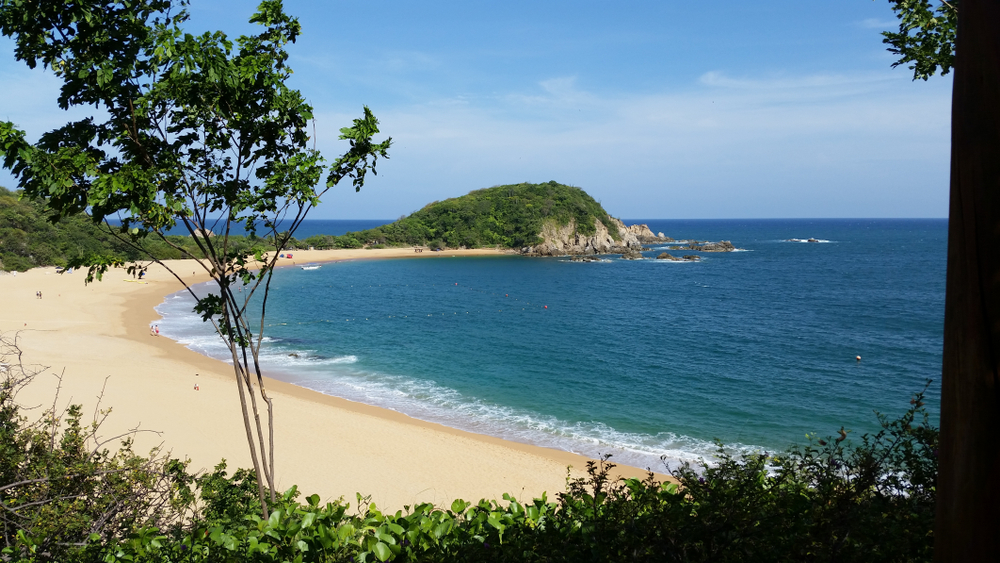
Huatulco National Park

Insurgente Jose Maria Morelos Y Pavon National Park

Insurgente Miguel Hidalgo y Costilla National Park
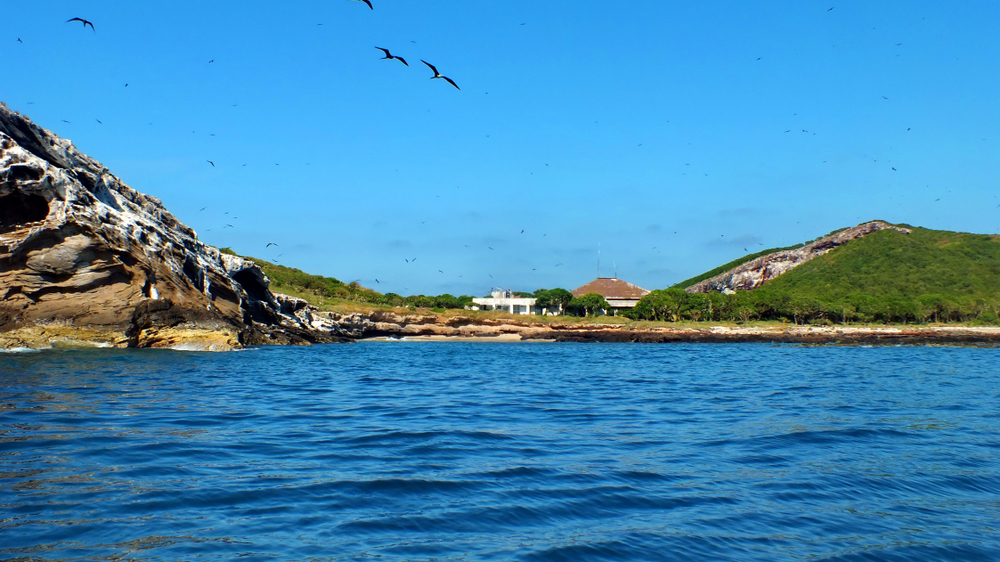
Isla Isabel National Park
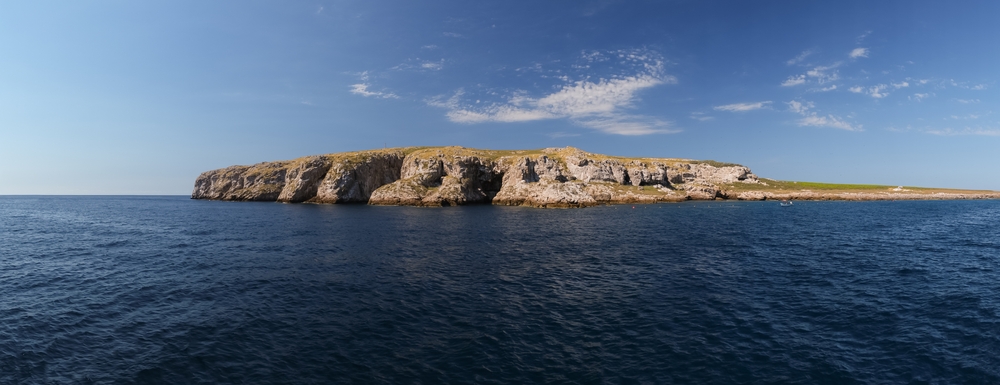
Isla Marietas National Park
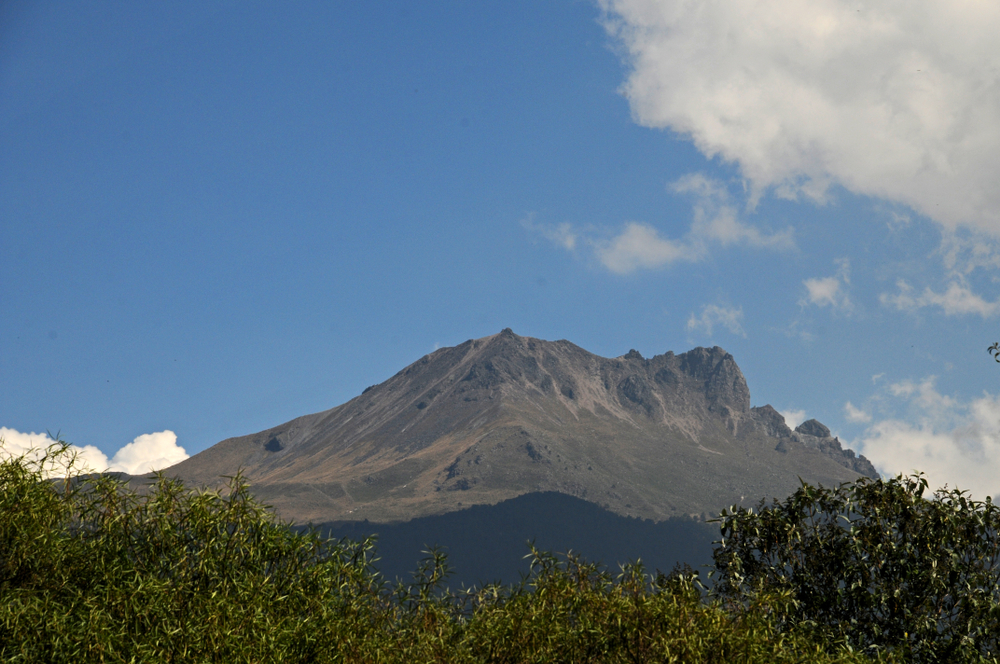
La Malinche National Park
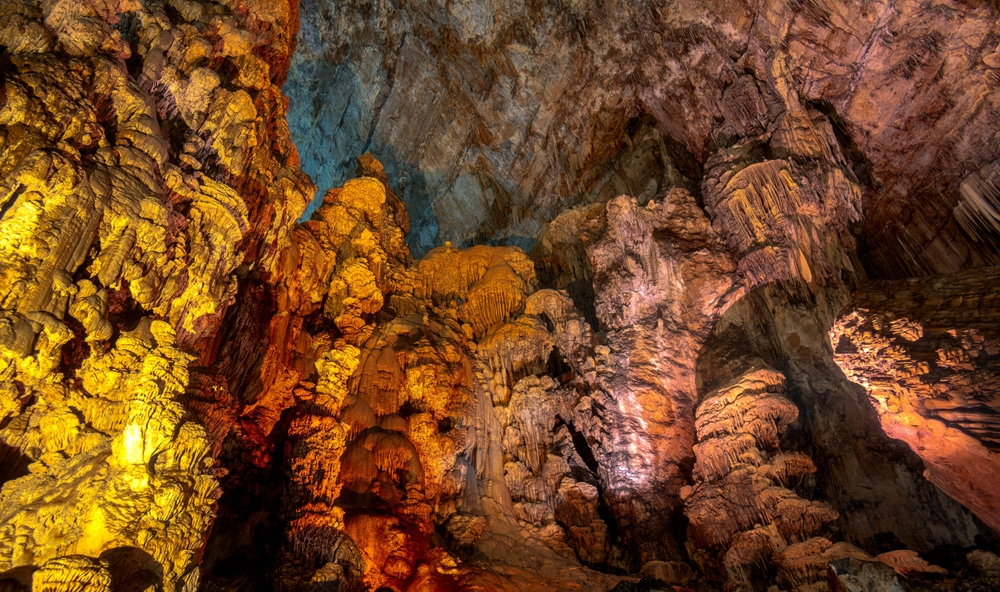
Grutas de Cacahuamilpa National Park

General Juan N. Alvarez National Park
